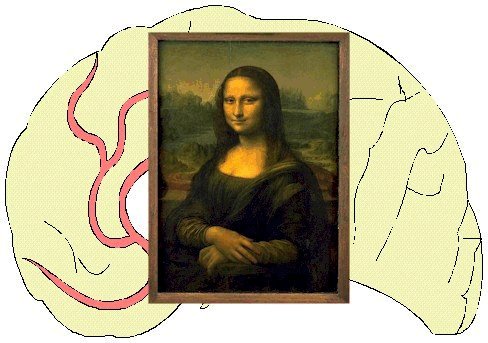
Letters from Nagasaki and Hiroshima
Excerpts
Nagasaki 13 November 1945
My dearest Rita,
...we are the envy of all because we live in a building whose roof does not leak (and in my view, more important, which has lavatories, since I do not care for the US Navy’s communal methods). However, we have few doors and fewer windows, so that we live in the perpetual dust of the bombed out in a town which really is dusty, being without properly metalled roads. Thus, to the irony of being a post-war soldier, I add the irony of being bombed out after the war. The furniture has survived roughly in the ratio of its age; since this is the British Consulate, it all bears the initials of sovereigns, of which those of Queen Victoria continue to flourish in the most resilient can-bottomed chairs.
Hiroshima 17 November 1945
...we left Nagasaki late on Thursday night, 15 Nov by train, the weather having closed down and put an end to air travel for some days. We had a long and often tedious journey, covering 250 miles in just about 24 hrs; but there were enough moments of breath-taking scenery to make up for many discomforts. I still feel that Kynshu, the southern island on which Nagasaki stands, is most beautiful because of its mountain wildness gashed with blue bays; how this island, and a little further north, is almost as fine and I was surprised to find Hiroshima, which I knew to be flat (it occupies a river delta) is in fact surrounded by high and lovely hills, like all Japanese hills wooded thickly.
Hiroshima is surprising in many ways. First of all, it is a much more flourishing city than Nagasaki; where the latter was a slum attached to a vast set of factories, Hiroshima is a, was a, port virtually without industry, with good roads, bridges and European-type buildings - a sort of Bristol of Japan, I almost feel. It has been virtually gutted, so that it looks quite unlike Nagasaki and much more like Tokyo: some seven miles of native houses burnt flat, with only the European concrete buildings standing up - and these standing up very well. There is, of course, other than fire damage and some of it (including a temple in ruins) is very spectacular; but certainly he first impression is less shocking than Nagasaki and different - even allowing for the general deadening of the nerves which is bound to overtake me as I slowly “sup full of horrors”.
Bronowski went back to Tokyo on 28 November, then to Washington DC on 10 December, returning to UK on 1 January 1946. Subsequently, he was in Germany in 1946, where he was raised to the rank of Colonel.
- Back to The Poet's Defence
Copyright © 2000 by Stephen Moss. All rights reserved.